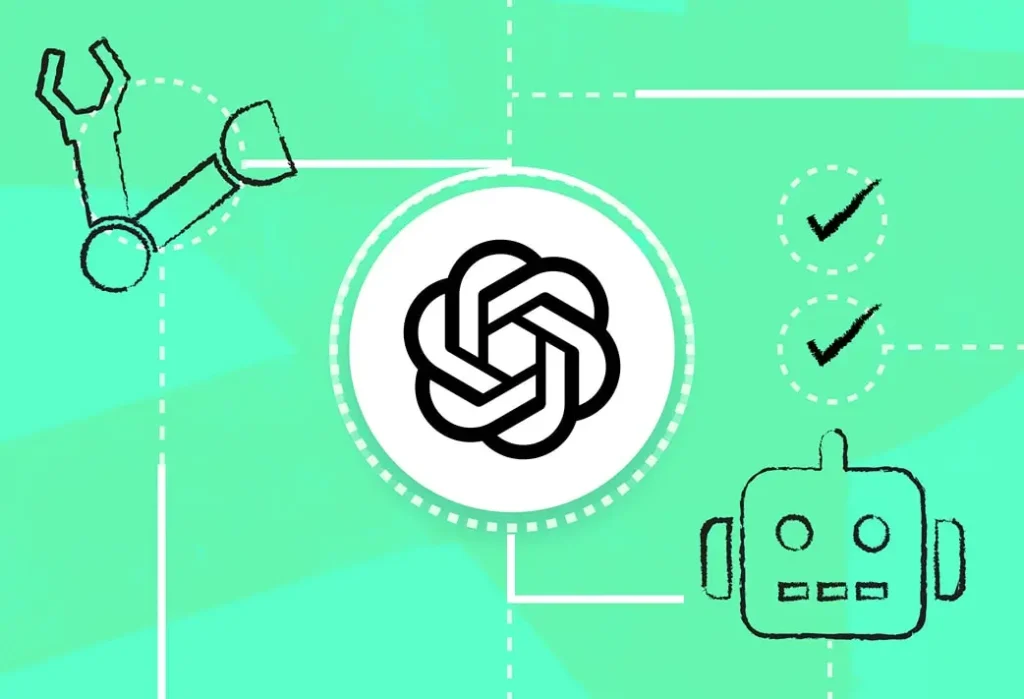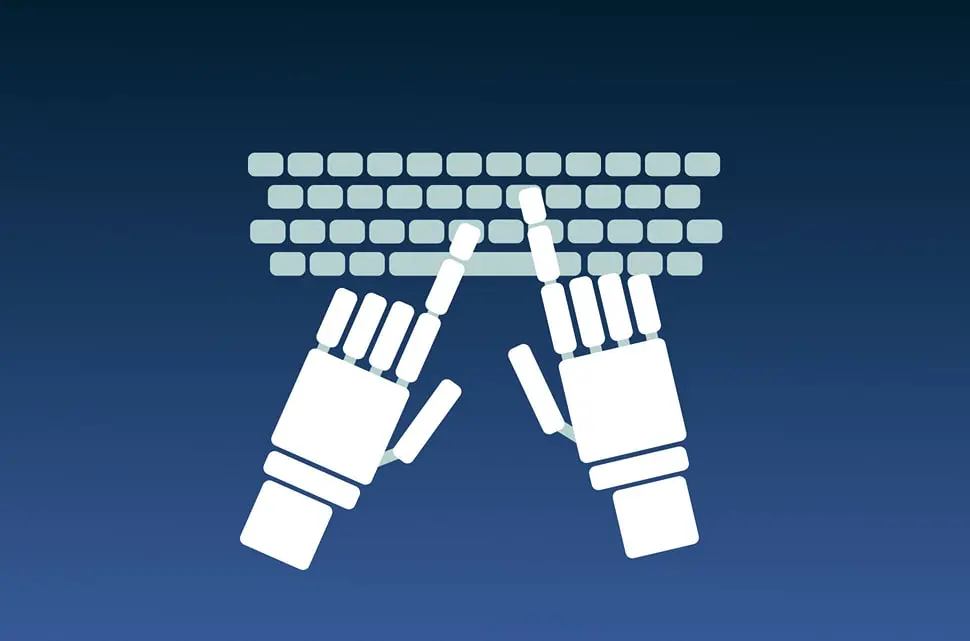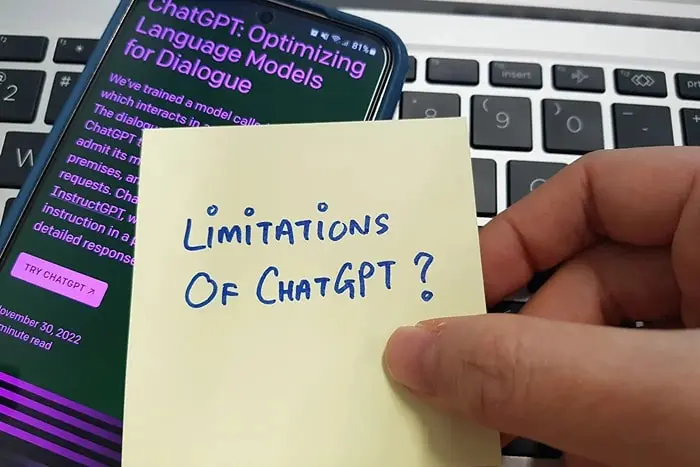Overcoming Challenges and Paving the Path for Improvement
Limitations of ChatGPT: In the realm of artificial intelligence, ChatGPT has emerged as a powerful tool for natural language processing, enabling a wide range of applications from virtual assistants to content generation. However, like any technology, ChatGPT is not without its limitations. In this exploration, we delve into the common challenges faced by ChatGPT users and the innovative solutions being developed to address them. Furthermore, we identify key areas for improvement, paving the way for the continued evolution of ChatGPT as a leading AI language model.

Limitations of ChatGPT
While ChatGPT excels in many areas of natural language understanding, it is important to acknowledge its limitations. Some of the common challenges include:
Contextual Understanding: While ChatGPT can generate contextually relevant responses, its understanding of context is not perfect. In certain scenarios, the model may struggle to maintain coherence over extended conversations or accurately interpret nuanced context cues.
Factual Accuracy: ChatGPT’s responses are based on patterns in the training data and may not always reflect factual accuracy. This limitation can lead to misinformation or inaccuracies in responses, especially when dealing with complex or sensitive topics.
Bias and Fairness: Like all AI models, ChatGPT is susceptible to bias present in the training data. This bias can manifest in the form of stereotypes, prejudices, or skewed representations of certain groups, potentially leading to biased or unfair responses.
Common Challenges and Solutions
To mitigate the limitations of ChatGPT, researchers and developers are actively working on innovative solutions. Some common challenges and their corresponding solutions include:
Enhanced Contextual Understanding: Researchers are exploring techniques to improve ChatGPT’s contextual understanding, such as incorporating memory mechanisms or fine-tuning the model on domain-specific data. These approaches aim to enable ChatGPT to maintain coherence and relevance in longer conversations or complex contexts.
Fact-Checking and Verification: To address concerns about factual accuracy, developers are integrating fact-checking mechanisms into ChatGPT pipelines. These mechanisms leverage external knowledge bases or crowdsourced verification to validate the accuracy of responses and flag potentially misleading information.
Fairness and Bias Mitigation: Efforts to mitigate bias and promote fairness in ChatGPT include diversifying training data, employing fairness-aware training techniques, and implementing bias detection algorithms. By actively monitoring and addressing bias in the training process, developers aim to create more equitable and inclusive AI models.

Areas for Improvement
While significant progress has been made in addressing the limitations of ChatGPT, there are still areas for improvement:
Robustness to Adversarial Inputs: ChatGPT models may be vulnerable to adversarial inputs or manipulations that can induce unexpected behavior or generate inappropriate responses. Enhancing the robustness of ChatGPT to such inputs remains a priority for researchers.
Fine-Grained Control and Customization: Users often require fine-grained control over ChatGPT’s behavior, such as specifying tone, style, or domain-specific knowledge. Providing more tools and techniques for customizing ChatGPT’s responses can enhance its utility across diverse use cases.
Ethical and Responsible AI Practices: As ChatGPT becomes more widely adopted, it is essential to uphold ethical and responsible AI practices. This includes transparency in model behavior, user privacy protections, and mechanisms for addressing potential misuse or harm.

Paving the Path for Improvement
In conclusion, while ChatGPT has demonstrated remarkable capabilities in natural language processing, it is not immune to limitations and challenges. However, through ongoing research, innovation, and collaboration, we can overcome these obstacles and pave the path for continuous improvement. By addressing the limitations of ChatGPT, implementing innovative solutions, and prioritizing areas for enhancement, we can unlock the full potential of AI language models to empower users and drive positive impact in society.
Dive into the Well of your Thoughts and Let’s Paint our Digital Canvas Together! ️
Your Musings, Questions, or Simple Hellos are the Strokes that Shape our Shared Narrative. ✨ Click “Contact Me” to Contribute, and Don’t Forget to Leave a Comment Below!
Until our Next Masterpiece, Keep Reading! ✨
– Sudhir Soni


